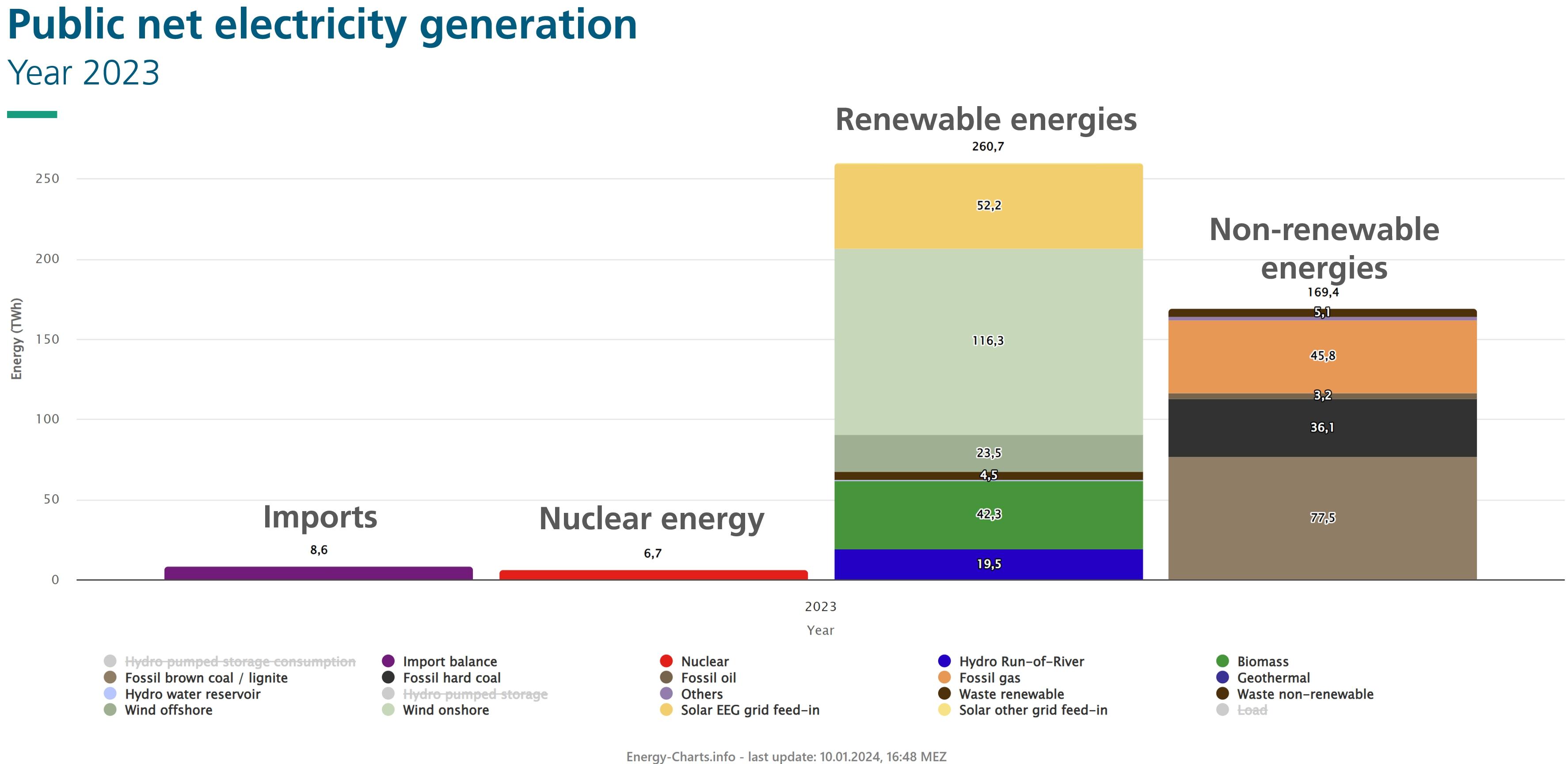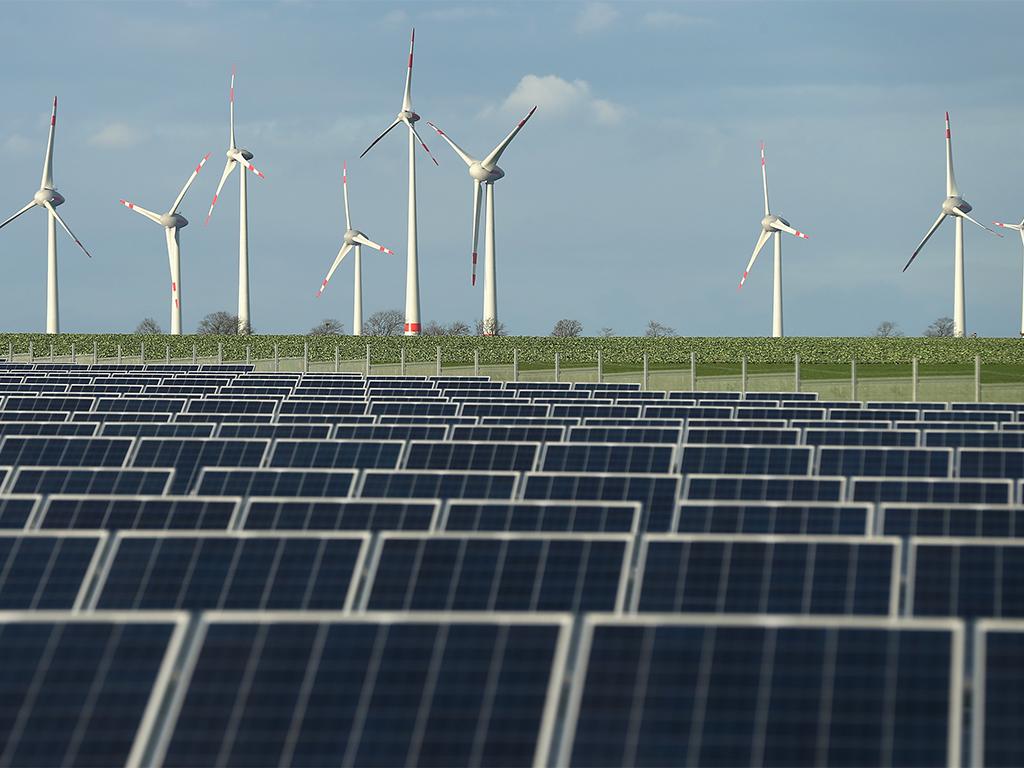As the sun rises over Europe’s economic powerhouse, Germany is harnessing its rays like never before. Shattering previous benchmarks, the nation’s embrace of solar energy is illuminating a path toward a cleaner, more sustainable future. From sprawling photovoltaic fields to innovative rooftop installations, Germany’s solar energy adoption is not just breaking records-it’s redefining what’s possible in the transition to renewable power. This article delves into the factors fueling this surge, the milestones achieved, and what it means for the global energy landscape.
Table of Contents
- Germany’s Solar Energy Surge Transforms National Power Landscape
- Innovative Technologies Driving Efficiency and Capacity Gains
- Policy Frameworks Fueling Rapid Expansion and Investment
- Economic and Environmental Impacts of Solar Growth
- Strategic Recommendations for Sustaining Momentum and Grid Stability
- Frequently Asked Questions
- Final Thoughts
Germany’s Solar Energy Surge Transforms National Power Landscape
Germany has rapidly emerged as a global leader in solar energy production, showcasing a remarkable transformation in its national power grid. With innovative policies, substantial investments, and community-driven initiatives, the country has witnessed a surge in solar capacity that redefines its energy landscape.
At the core of this transformation lies the government’s commitment to sustainability and energy independence. By incentivizing residential and commercial solar panel installations, Germany not only boosts clean energy output but also empowers citizens to become active participants in the green revolution. This decentralized approach has significantly reduced reliance on fossil fuels and enhanced grid resilience.
Key factors driving the solar boom include:
- Progressive feed-in tariffs encouraging investment
- Advancements in photovoltaic technology increasing efficiency
- Robust public awareness campaigns promoting environmental responsibility
- Collaboration between private sectors and government agencies
Below is a snapshot of solar capacity growth over the past five years, illustrating Germany’s relentless momentum:
| Year | Installed Solar Capacity (GW) | Percentage Growth |
|---|---|---|
| 2019 | 45 | 12% |
| 2020 | 52 | 15% |
| 2021 | 60 | 15.4% |
| 2022 | 70 | 16.7% |
| 2023 | 82 | 17.1% |
Innovative Technologies Driving Efficiency and Capacity Gains
Germany’s solar sector is turbocharged by cutting-edge technologies that enhance both efficiency and capacity. Among the standout innovations is the integration of bifacial solar panels, which capture sunlight from both sides, increasing energy yield by up to 15%. This design revolutionizes rooftop and ground-mounted systems, maximizing output without expanding physical footprint.
Energy storage advancements also play a pivotal role. High-capacity lithium-ion batteries paired with intelligent energy management systems enable seamless balancing of supply and demand. These systems optimize the use of solar power during peak daylight hours and store surplus energy for nighttime consumption, ensuring a continuous and reliable power supply.
Smart inverter technologies contribute another layer of sophistication. These devices dynamically adjust voltage and frequency, enabling better grid integration and reducing power losses. Additionally, innovative software platforms collect real-time data, providing actionable insights that help operators fine-tune performance and anticipate maintenance needs.
- Advanced bifacial solar panel designs
- Next-generation energy storage solutions
- Smart inverters with adaptive grid support
- AI-driven operational analytics platforms
| Technology | Efficiency Gain | Capacity Impact |
|---|---|---|
| Bifacial Panels | +15% | Moderate |
| Lithium-ion Storage | +20% Usage Optimization | High |
| Smart Inverters | +10% Grid Efficiency | Moderate |
| AI Analytics | +5% Performance Boost | Supplementary |
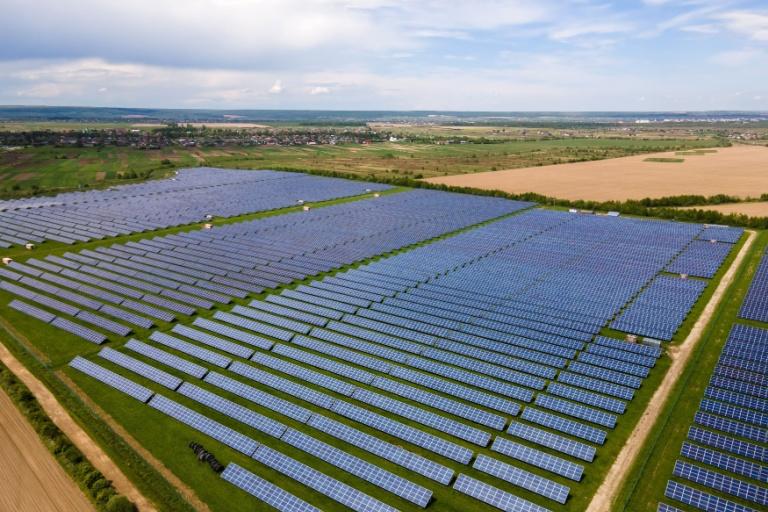
Policy Frameworks Fueling Rapid Expansion and Investment
Germany’s unprecedented surge in solar energy adoption is largely propelled by a robust and forward-thinking policy ecosystem. At the heart of this success lies a dynamic blend of government incentives, streamlined regulatory processes, and clear long-term targets that have collectively created a fertile environment for both large-scale investments and grassroots participation.
Key elements driving this momentum include:
- Feed-in Tariffs (FiTs): Guaranteed premium rates for solar power fed into the grid have consistently attracted investors by ensuring stable returns over extended periods.
- Renewable Energy Act (EEG): This landmark legislation has been periodically updated to reflect evolving market realities, making solar installations more accessible and financially viable.
- Decentralization Policies: Empowering municipalities and private homeowners to become energy producers has significantly broadened the solar footprint across the country.
- Green Financing Initiatives: Low-interest loans and grants from federal and state agencies have lowered barriers to entry, especially for small and medium enterprises.
The synergy between these frameworks has not only accelerated deployment rates but also stimulated innovation in solar technologies and grid integration. Investors find themselves in a stable, transparent environment where risks are mitigated, and returns are predictable, fostering confidence and driving rapid capital inflows.
| Policy | Impact | Implementation Year |
|---|---|---|
| Feed-in Tariffs (FiTs) | Secured long-term revenue for producers | 2000 |
| Renewable Energy Act (EEG) | Legal framework promoting renewables | 2000 (updated regularly) |
| Decentralization Policies | Increased local energy production | 2015 |
| Green Financing | Lowered financial barriers | 2018 |
With such a comprehensive and adaptive policy framework, Germany continues to set a global benchmark, proving that strategic governance is pivotal in transforming ambitious climate goals into tangible, scalable achievements.
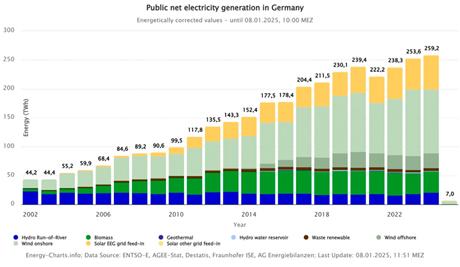
Economic and Environmental Impacts of Solar Growth
Germany’s rapid expansion of solar energy infrastructure has brought significant economic benefits while simultaneously carving a path towards sustainability. The solar sector has become a major job creator, with thousands of new positions emerging in manufacturing, installation, and maintenance. This growth not only boosts local economies but also strengthens Germany’s position as a leader in renewable technology innovation.
From an environmental perspective, the widespread adoption of solar power has dramatically reduced reliance on fossil fuels, leading to a measurable decrease in carbon emissions. This shift is critical as Germany aims to meet its ambitious climate targets and transition to a low-carbon economy. The positive ripple effects include improved air quality and reduced environmental degradation, reinforcing the country’s commitment to a greener future.
Moreover, the economic and environmental benefits are intertwined through increased energy independence. By harnessing abundant solar resources, Germany reduces its need for imported energy, enhancing national security and stabilizing energy prices for consumers. This dynamic creates a virtuous cycle, where economic growth and environmental stewardship support each other.
- Job Creation: Over 130,000 jobs generated in the solar industry.
- Emission Reduction: Annual carbon dioxide cuts estimated at 25 million tons.
- Energy Independence: Solar contributes to 15% of Germany’s total electricity supply.
| Impact Category | Key Statistic | Benefit |
|---|---|---|
| Employment | +130,000 jobs | Economic growth & community development |
| Carbon Emissions | -25 million tons/year | Climate change mitigation |
| Energy Mix | 15% solar electricity | Reduced fossil fuel dependence |
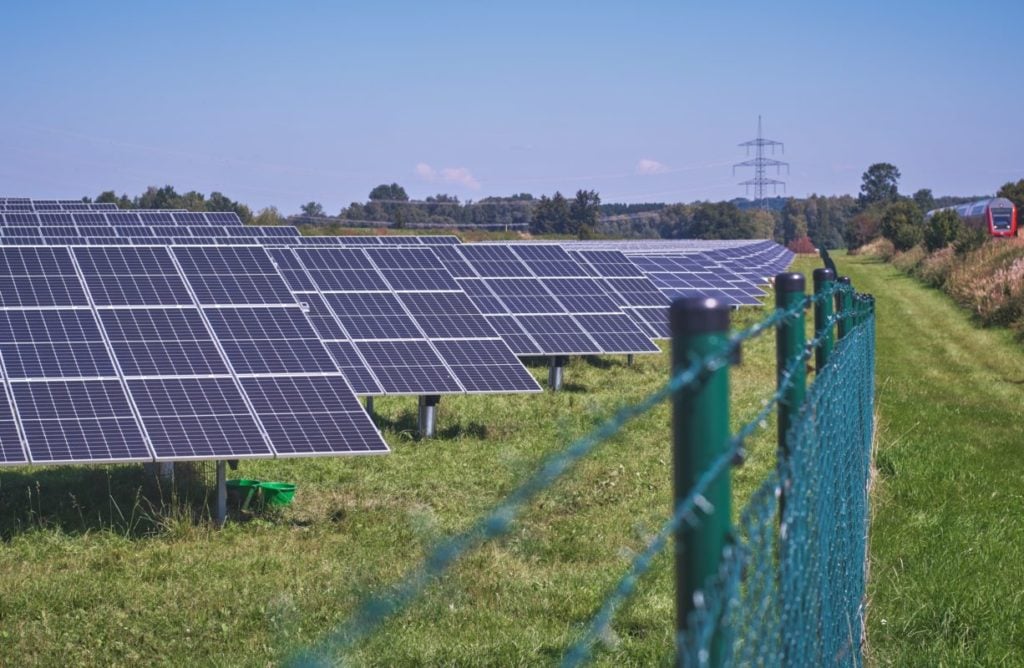
Strategic Recommendations for Sustaining Momentum and Grid Stability
To ensure Germany’s solar energy surge transforms into a long-term success story, a multi-faceted approach is essential. Prioritizing the integration of advanced energy storage solutions will be critical. These technologies not only buffer the intermittency of solar power but also enhance grid resilience during peak demand periods. Investments in innovative battery systems and green hydrogen production can act as game changers, balancing supply and demand with unprecedented efficiency.
Equally important is the modernization of the grid infrastructure itself. Smart grid technologies, incorporating IoT sensors and AI-driven demand response mechanisms, provide real-time adaptability and fault detection-key to avoiding blackouts and managing decentralized power generation. As solar installations increasingly become distributed, grid operators must adopt flexible protocols that accommodate bi-directional energy flows without compromising stability.
In addition, strategic policy and community engagement play pivotal roles:
- Incentivizing rooftop solar adoption with streamlined permitting processes
- Promoting localized microgrids to reduce transmission losses and empower communities
- Encouraging energy efficiency measures to complement renewable generation
- Establishing transparent market frameworks enabling prosumers to trade excess energy
| Strategic Focus | Key Benefit | Implementation Priority |
|---|---|---|
| Energy Storage Expansion | Grid stability & peak shaving | High |
| Smart Grid Deployment | Real-time management & fault detection | Medium |
| Community Microgrids | Local resilience & energy autonomy | Medium |
| Policy Incentives | Encourages widespread adoption | High |
Frequently Asked Questions
Q&A: Germany’s Solar Energy Adoption Breaks Records
Q: What recent milestone has Germany achieved in solar energy?
A: Germany has recently shattered previous records for solar energy adoption, installing more photovoltaic capacity in a single year than ever before. This surge reflects the country’s growing commitment to renewable energy and its transition away from fossil fuels.
Q: What factors have contributed to this rapid growth in solar energy?
A: Several factors have played a role, including government incentives, falling costs of solar panels, technological advancements, and increased public awareness about climate change. Additionally, Germany’s robust energy policies and community-driven solar projects have accelerated adoption.
Q: How does Germany’s solar capacity compare to other countries?
A: While China and the United States lead globally in total installed solar capacity, Germany continues to be a pioneer in per capita solar adoption and integration into the national grid, setting benchmarks for efficiency and sustainability.
Q: What impact does this surge in solar energy have on Germany’s energy mix?
A: Solar power now constitutes a significant portion of Germany’s renewable energy portfolio, reducing reliance on coal and natural gas. This shift is crucial for meeting the country’s climate targets and enhancing energy security.
Q: Are there any challenges Germany faces with this rapid solar expansion?
A: Yes, challenges include grid stability issues due to intermittent solar generation, the need for energy storage solutions, and regulatory hurdles. Balancing rapid growth with infrastructure upgrades remains a key focus.
Q: What does this record-breaking adoption mean for the future of renewable energy in Germany?
A: It signals a strong momentum towards a greener energy future, encouraging further investments and innovation. Germany’s experience may inspire other nations to accelerate their own renewable energy transitions.
Q: How can individuals and businesses contribute to this solar energy revolution?
A: By installing solar panels, participating in community solar projects, and supporting policies that promote clean energy, individuals and businesses can play an active role in sustaining Germany’s renewable energy growth.
Q: What role does technology play in Germany’s solar success?
A: Advances in panel efficiency, energy storage, and smart grid management have been instrumental, enabling better integration of solar power into everyday energy use and optimizing production and consumption patterns.
Q: Will Germany’s record-breaking solar adoption affect global efforts to combat climate change?
A: Absolutely. Germany’s progress showcases the feasibility of large-scale renewable integration and sets a positive example, boosting global confidence in solar energy as a key tool in reducing carbon emissions worldwide.
Final Thoughts
As the sun continues to rise over Germany’s horizons, its journey toward a sustainable future shines brighter than ever. Breaking records is more than just a milestone-it’s a testament to innovation, resilience, and a collective commitment to change. While challenges remain, Germany’s soaring solar adoption illuminates a path forward, inspiring not only a nation but the world to harness the power of the sun and embrace a cleaner, greener tomorrow.